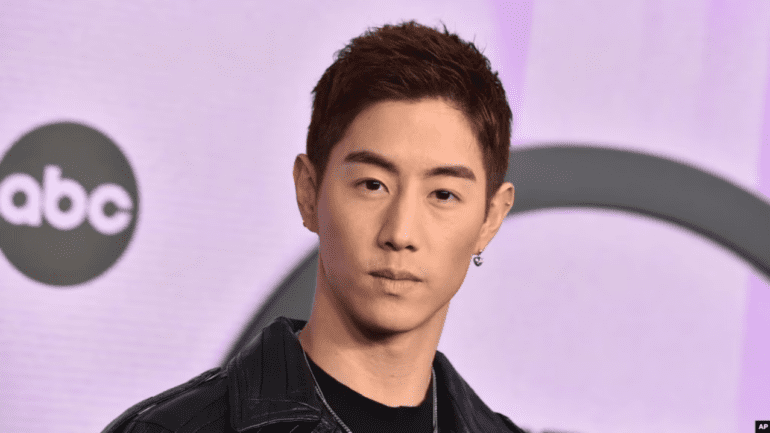TL;DR:
- Mark Tuan, a former member of Got7, collaborates with Soul Machines to create a digital avatar named “Digital Mark.”
- Digital Mark is powered by OpenAI’s GPT technology, allowing fans to engage in one-on-one conversations with the virtual counterpart.
- Greg Cross, the head of Soul Machines, sees Digital Mark as the future of fan interaction, heralding a new era in celebrity engagement.
- Tuan aims to expand Digital Mark’s capabilities, including language options beyond English.
- Creating a lifelike Digital Mark involved extensive motion-capture and voice recording efforts.
- Tuan envisions a future where Digital Mark can move around freely.
- Despite early-stage glitches, fans are already using Digital Mark for event inquiries and music discussions.
- Tuan acknowledges concerns about potential implications but remains optimistic about the technology’s future.
Main AI News:
In the realm of the music industry, fans yearn for a closer connection with their favorite artists. The dream of engaging in one-on-one conversations with these iconic figures often remains elusive, as the busy lives of celebrities rarely allow for such interactions. So, what can bridge this gap and offer fans a taste of genuine engagement?
Mark Tuan, the renowned Taiwanese-American entertainer and former member of the Korean group Got7, seems to have found the answer. As he prepares to release his latest recording, “Fallin,” he has unveiled a groundbreaking creation—a digital avatar named “Digital Mark.”
This innovative venture marks a historic collaboration between Tuan and Soul Machines, culminating in the birth of a “digital twin” powered by OpenAI’s GPT technology. Digital Mark now stands as the pioneer, enabling fans to engage in one-on-one conversations with Tuan’s virtual counterpart.
Tuan reflects on this novel development, stating, “It’s very different. It’s not really me, but it is me.” He acknowledges the unique opportunity for fans to interact with Digital Mark and anticipates its potential impact.
Greg Cross, the head of Soul Machines, envisions Digital Mark as the future of fan interaction. He asserts that we are merely scratching the surface of how this technology will reshape the way fans engage with their favorite celebrities and corporations.
Tuan’s vision for Digital Mark extends beyond the present, as he hopes that technological advancements will enhance fans’ relationships with his AI twin. Moreover, he aspires to enable communication in languages beyond English, fostering a global connection.
Creating a lifelike Digital Mark was no small feat. Tuan dedicated several days to don a motion-capture bodysuit, meticulously crafting movements that mirror his own. He even portrayed various emotions to allow Digital Mark to convey genuine feelings. Countless hours were invested in recording his voice to complete the replication.
Currently, Digital Mark stands stationary, but Tuan envisions a future where his virtual counterpart may roam freely. While the technology remains in its infancy, Tuan remains optimistic about Digital Mark’s evolution, despite some humorous instances of the avatar discussing non-existent musical events.
Fans have wasted no time in embracing Digital Mark, using it to inquire about event dates and Tuan’s upcoming music releases. As the technology progresses, the possibilities for fan engagement seem limitless.
Yet, with such groundbreaking innovation comes concerns about its potential implications. Tuan candidly acknowledges, “I’ve seen a lot of movies where robots take over the world. You never really know what’s going to happen, but I think it is really cool.”
Conclusion:
The emergence of Digital Mark signals a paradigm shift in fan engagement within the music industry. This innovative approach holds significant potential for enhancing the relationship between artists and their audiences. As technology continues to evolve, we can anticipate a transformation in the dynamics of the entertainment market, as well as the broader implications of AI-powered avatars for various industries.

